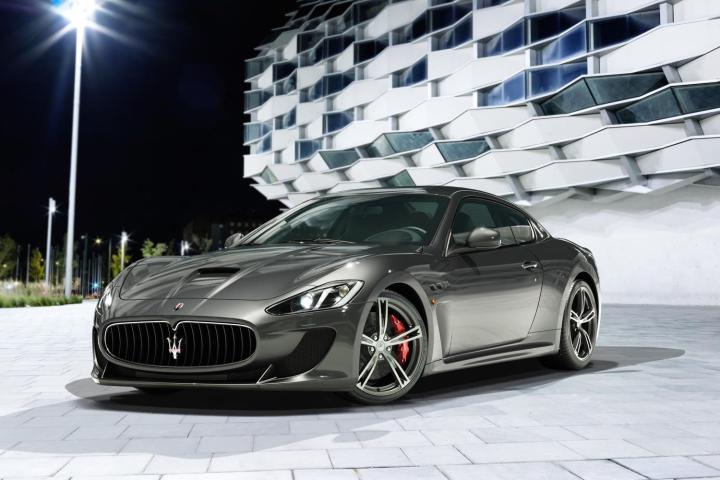
With Ferrari set to become a separate entity, it seems that Maserati will move up to the top of the FCA hierarchy. What is now arguably the second most prestigious brand in the FCA lineup will become its top marque, according to Bloomberg.
After the Ferrari spinoff, “Maserati becomes the most coveted, exclusive brand that we have,” FCA CEO Sergio Marchionne said in an interview with the news service.
Throughout its Fiat ownership, Maserati has always been in Ferrari’s shadow to some extent. Its cars are flashier and more expensive than those of the company’s other evocative Italian brand–Alfa Romeo–but can’t quite match the glitz of the Prancing Horse.
More recently, FCA has tried to turn Maserati into a more mainstream luxury brand that can compete with the likes of Audi, BMW, and Mercedes-Benz. Building off the success of the most recent Quattroporte full-size sedan, it launched the midsize Ghibli in 2013. That model sold well initially, but is now in something of a slump.
Some have questioned whether a BMW 5 Series-fighting sedan will dilute the uniqueness of the Maserati brand, and now it looks like Maserati will have to move in the opposite direction to fill the vacuum left by Ferrari.
The Quattroporte remains as a more soulful alternative to dictator-spec sedans like the Mercedes-Benz S-Class, while the GranTurismo coupe and cabriolet–the only models remaining that nod to a proud history of Maserati sports cars — are showing their age.
Maserati does have two important new models on the way, but they were green-lighted when the plan was still to build volume rather than prestige. The Levante SUV should arrive soon after an interminable development period, along with a production version of the stunning Alfieri concept, which will take on the Porsche 911 and Jaguar F-Type.
It may require a complete about-face, but a shift back to the higher end of the luxury market could still make sense for Maserati and its owner.
With the economy making the world’s wealthiest feel comfortable with conspicuous consumption again, the most expensive car brands are generating increased sales and profits. Rolls-Royce and Bentley each have multiple new models in the works, and Mercedes just revived its Maybach brand.
With its sterling reputation, Maserati gives FCA a way to get in on that action, and sporty luxury and GT cars may turn out to be more profitable than the labor-intensive supercars made by Ferrari. And if FCA misses having supercars in its lineup, Maserati is no stranger to that segment either.
Over the past few decades, Maserati has struggled to find its way. With Ferrari out of the FCA corporate picture, maybe it finally will.
Editors' Recommendations
- Apple is the now the third most popular laptop brand in America behind HP, Dell
- Maserati is balancing the past and the future to reinvent all of its cars
- Ferrari’s SF90 Stradale, its most powerful road car ever, is a plug-in hybrid


